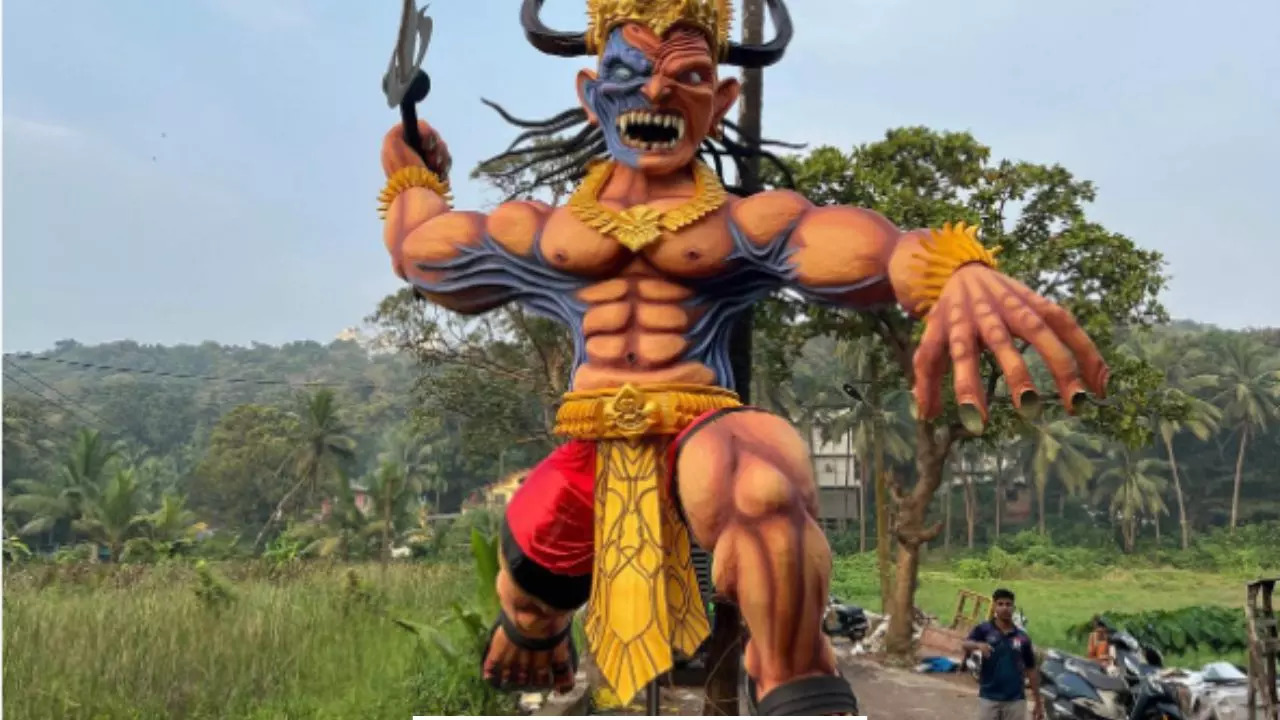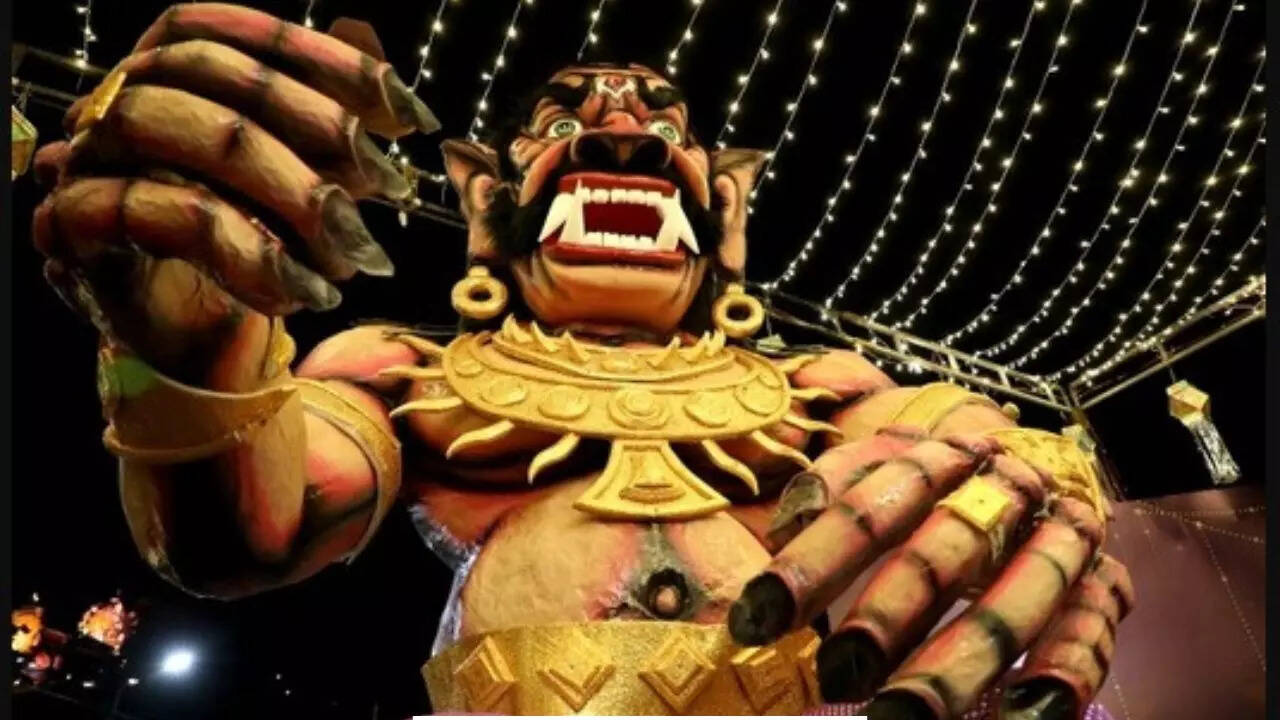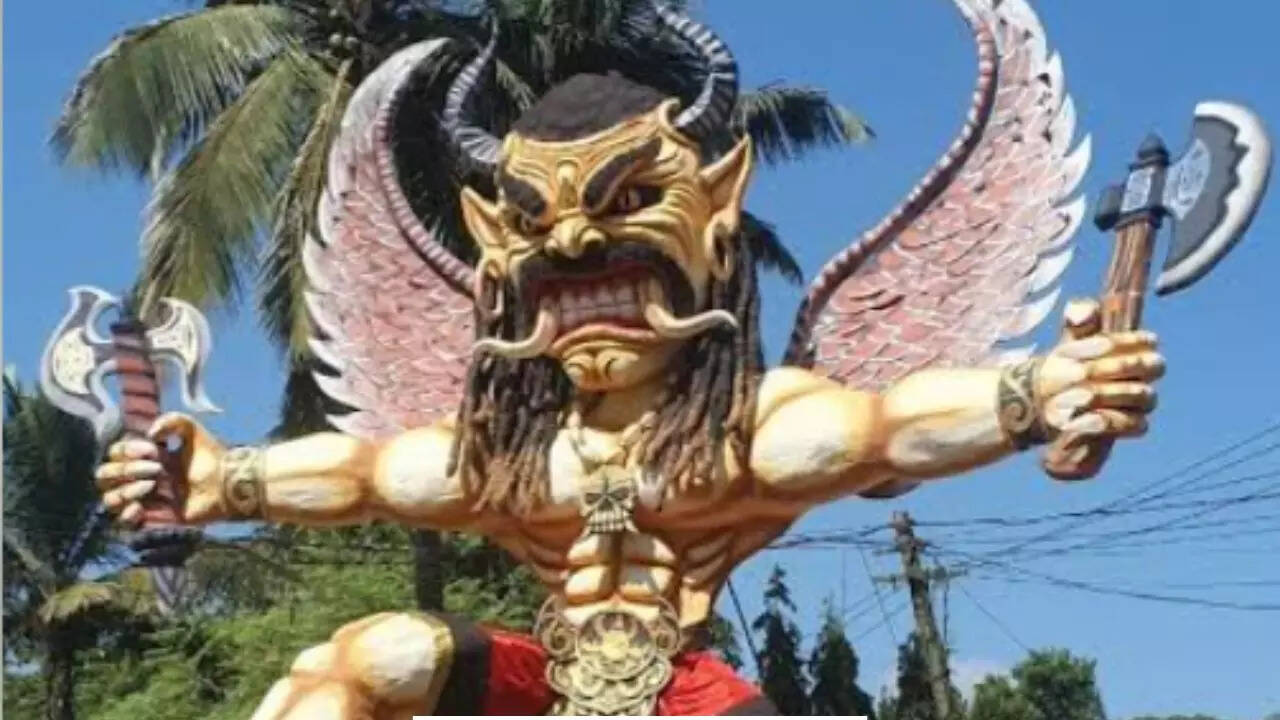Contents
In Goa, Diwali is marked by a unique tradition: Narakasura Chaturdashi.
Every year on Chhoti Diwali, Goans burn the effigy of the demon Narakasura, who was killed by Lord Krishna, to symbolize the victory of good over evil.

In Goa, Diwali is marked by a unique tradition: Narakasura Chaturdashi.
Whereas Diwali Celebrated all over India in sunny conditions, with lights, lamps and large quantities of firecrackers. GoaThis festival is celebrated with a special ritual – Narakasura Charurdashi. Across the state, huge effigies of the demon are burnt in a ritual called ‘Narakasura Vadh’, symbolizing his defeat at the hands of Lord Krishna.
story of narakasura
The story of Narakasura is rooted in ancient mythology. According to legends, there was a formidable demon king who ruled the earth. Born from the earth goddess Bhudevi and the Varaha incarnation of Lord Vishnu, Narakasura became powerful and arrogant. In his quest for invincibility, he prayed to Lord Brahma and asked for a boon that only his mother could kill him. While Brahma granted his wish, the asura became arrogant, and began terrorizing both gods and humans, and is said to have abducted 16,000 women.

His reign of terror ended when Lord Krishna, along with his consort Satyabhama – an incarnation of Bhudevi – faced Narakasura and defeated him. “Narakasura is believed to have been killed in the early hours of the morning,” historian Sanjeev V Sardesai said in an interview with The Indian Express. Therefore, the effigies of Narakasura are filled with firecrackers and burnt at dawn. It symbolizes the victory of good over evil. This tradition gained prominence after Goa was liberated from Portuguese rule. “Before independence, the Portuguese suppressed any kind of local rituals.”

Narakasura Chaturdashi Utsav
In preparation for Narakasura Chaturdashi, communities make effigies of the demon made of paper, stuffed with grass and firecrackers. Early in the morning, these effigies are set on fire and firecrackers are lit, symbolizing victory over evil. After this, people return home and light lamps in a row, while the women perform the aarti of the men. Gifts are exchanged, and a bitter berry called Karita is crushed underfoot to symbolize the defeat of Narakasura, followed by a traditional meal and revelry. If you are in Goa, head to Panaji, Mapusa or even Margao on 31st October to see the incredible effigies.
Also read: Goa beaches open early for 2024 tourist season
Get the latest news live on Times Now with travelogue, travel and breaking news and top headlines from around the world.
Goa
end of article


